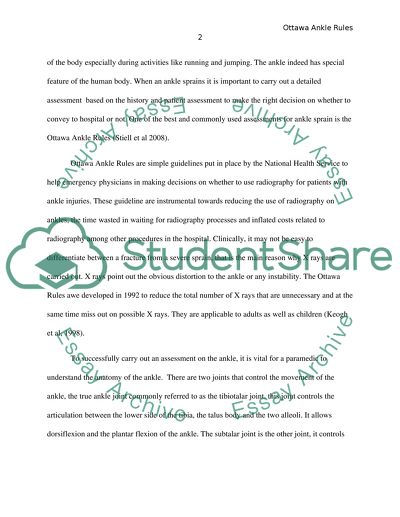Cite this document
(“The Influence of Knowledge Skills in Conveying Patient to Hospital Essay”, n.d.)
Retrieved from https://studentshare.org/health-sciences-medicine/1452972-decribe-analyse-evaluate-how-knowledge-skills-have
Retrieved from https://studentshare.org/health-sciences-medicine/1452972-decribe-analyse-evaluate-how-knowledge-skills-have
(The Influence of Knowledge Skills in Conveying Patient to Hospital Essay)
https://studentshare.org/health-sciences-medicine/1452972-decribe-analyse-evaluate-how-knowledge-skills-have.
https://studentshare.org/health-sciences-medicine/1452972-decribe-analyse-evaluate-how-knowledge-skills-have.
“The Influence of Knowledge Skills in Conveying Patient to Hospital Essay”, n.d. https://studentshare.org/health-sciences-medicine/1452972-decribe-analyse-evaluate-how-knowledge-skills-have.


